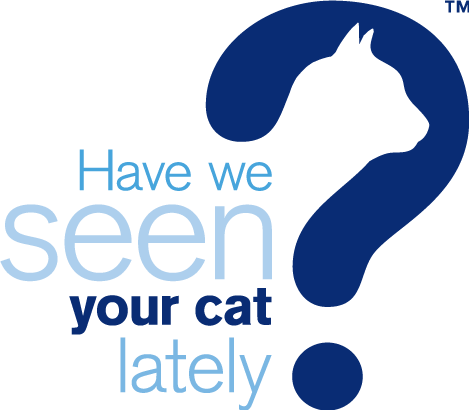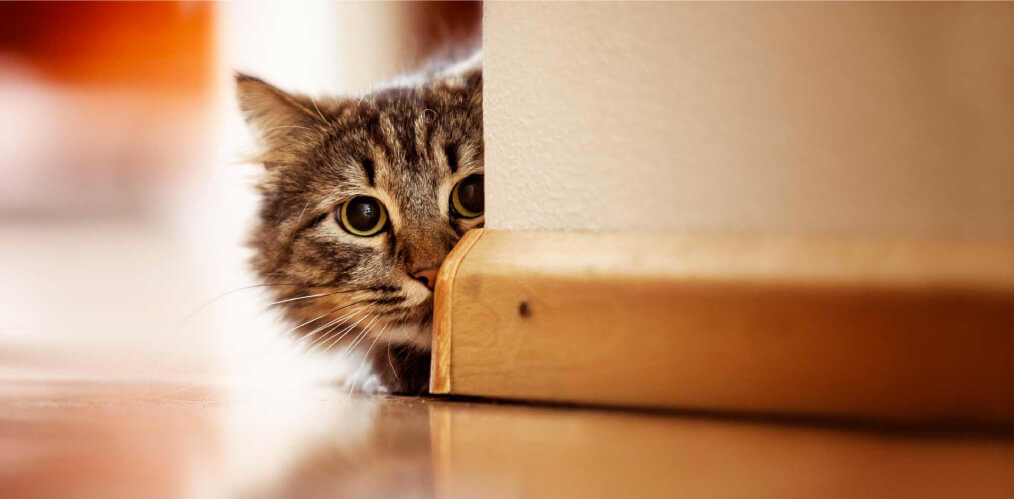Explore our library of important feline illnesses.
In this section you can find information on some important feline illnesses. However, if you have any questions or concerns about your cat’s health make an appointment to see your veterinarian.
- Select Illness Type
- Feline acute kidney disease
- Feline allergic dermatitis
- Feline asthma
- Feline chronic kidney disease
- Feline dental disease
- Feline diabetes mellitus
- Feline epilepsy
- Feline heart disease
- Feline hypertension
- Feline hyperthyroidism
- Feline immunodeficiency virus (FIV)
- Feline leukaemia virus (FELV)
- Feline lower urinary tract disease
- Feline osteoarthritis
- Feline panleukopenia virus (Feline infectious enteritis)
- Feline ringworm
- Feline upper respiratory tract infections
- Select Illnesses Type
- Feline acute kidney disease
- Feline allergic dermatitis
- Feline asthma
- Feline chronic kidney disease
- Feline dental disease
- Feline diabetes mellitus
- Feline epilepsy
- Feline heart disease
- Feline hypertension
- Feline hyperthyroidism
- Feline immunodeficiency virus (FIV)
- Feline leukaemia virus (FELV)
- Feline lower urinary tract disease
- Feline osteoarthritis
- Feline panleukopenia virus (Feline infectious enteritis)
- Feline ringworm
- Feline upper respiratory tract infections

